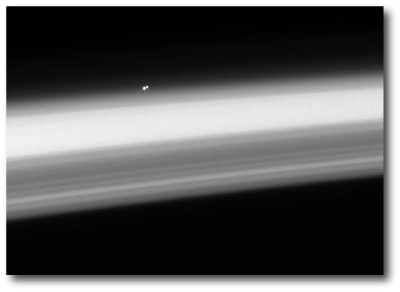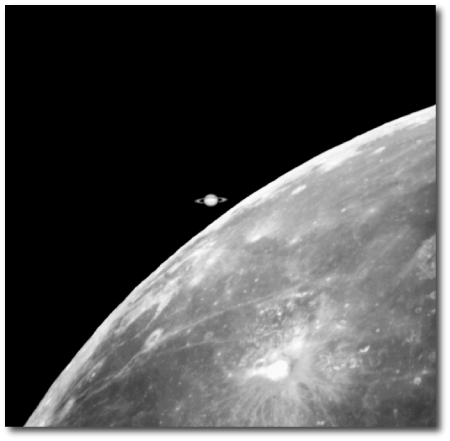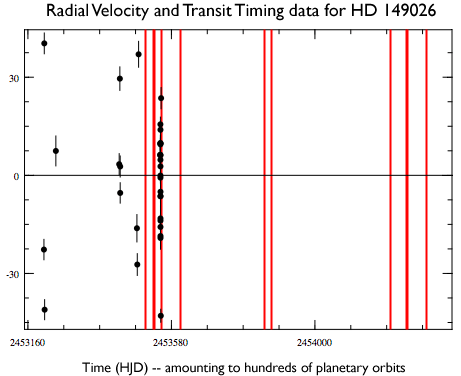
Jason Wright recently sent me an advance copy of a preprint from his group that sums up the state of knowledge of the 27 multiple exoplanet systems that are currently known to orbit ordinary stars. It’s really quite remarkable, in scanning through the table of planets, how alien the systems are, how, on the whole, they are so unlike the solar system.
We’re fast approaching the tenth anniversary of the discovery of the three planets orbiting Upsilon Andromedae. I vividly remember setting up integrations of the outer two orbits in that system just after it was announced, and watching the eccentricities of planets “c” and “d” cycle through their huge (compared to solar system) variations. At that time, I had never bothered to give secular theory the slightest consideration (aww, that stuff was all worked out in the 18th century). It was a revelation to watch the orbits shimmer and vibrate as the integrator ticked off the centuries at the rate of a million years an hour.
As the multiple-planet business enters its second decade, emphasis is shifting toward the detection of systems with ever-lower planet masses. Ups And packs at least two thousand Earth masses into the inner several AU surrounding the star. HD 40307, by contrast has planets that start at only four times the mass of Earth.
As the planetary masses go down, so to do the signal strengths. The Upsilon Andromedae periodogram practically wears its planets on its sleeve, whereas nowadays, the surveys are likely combing though forests of tantalizing yet ambiguous peaks. Detectability increases with the square root of the number of observations, which exerts pressure to spend more telescope time on fewer stars.
From the standpoint of someone who’s interested in planet-planet dynamics, systems like Gliese 876, with its incredible signal-to-noise are clearly the most valuable. From the perspective of someone who’s interested in planet formation and the statistics of the galactic census, the systems with low-mass planets are a bigger deal. A single statistic that captures the relative value of a multiple-planet system could be expressed as:
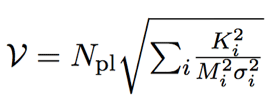
Where the sum inside the root is over the planets in the system, and the quantities are the planetary masses, M, the rms of the residuals to the fit, $\sigma$, and the radial velocity half-amplitudes, K. The statistic seems to do a reasonable job of aggregating signal-to-noise and the potential for dynamical interaction, while simultaneously placing emphasis on lower mass planets. Plugging in the numbers, the known multiple-planet systems stack up with the following ranking:
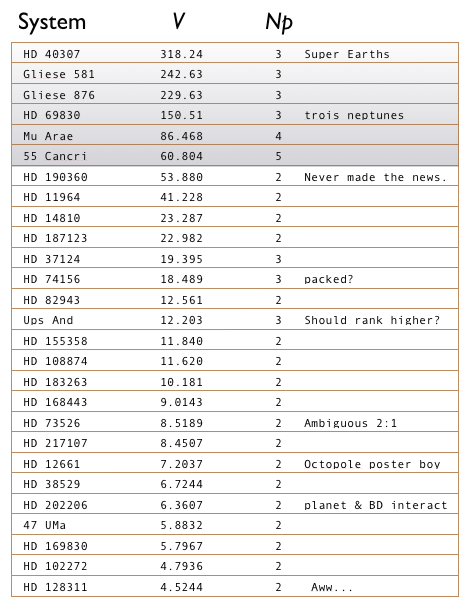
Interestingly, the ranking seems to capture the vagaries of the press release industry pretty well. The top six multiple planet systems have all seen their names appear in the New York Times, in some cases on the front page:
HD 40307:

Gliese 581:
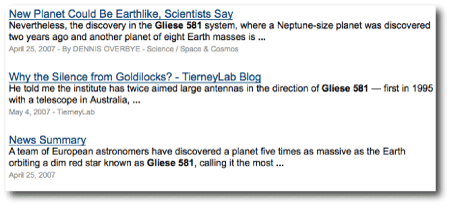
Gliese 876:
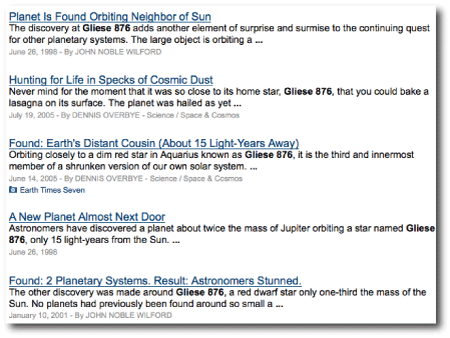
HD 69830:

Mu Arae:

55 Cancri:
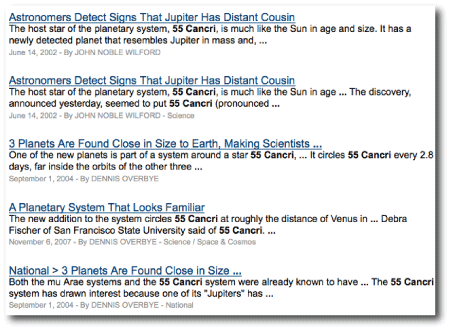
Newsworthiness appears to run out, however, when the list reaches the two-planet system orbiting HD 190360:

Amazon, however, has kindly sponsored a link that puts it up for sale:

Now that flipping houses is passé…

